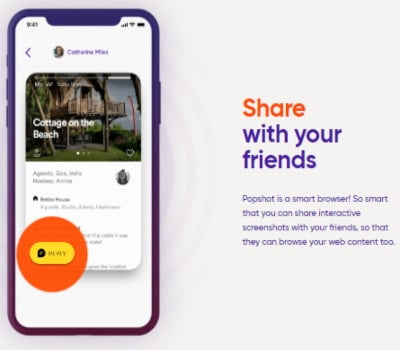

POPSHOT COMPILATIONS LICENSE
“A lot of the Japanese labels didn’t understand why an indie label from America would want to license this stuff, so it took a lot of convincing,” says Yosuke Kitazawa, one of Pacific Breeze’s three curators. The project, which now has a sequel, took four years to bring to fruition. One recent breakthrough was the compilation Pacific Breeze: Japanese City Pop, AOR & Boogie 1976–1986, released in 2019 by the reissue label Light in the Attic as part of their Japan archival series.

Japanese music isn’t particularly accessible overseas: The country has been exceptionally slow to embrace streaming, prioritizing the consumption of CDs, and its expansion into foreign music markets has also been sluggish. Still, your average Western music enthusiast probably didn’t know about city pop until a few years ago. On YouTube, where city pop flourishes, listeners dwell fondly on artificial memories of Japan: “I remember back in the day when I’d drive through the Tokyo streets at night with the window rolled down, neon lights on buildings, everyone having a good time, the ’80s were great,” wrote one commenter to the popular mix “ warm nights in tokyo, before the illusion dissolves: “Wait a minute, I’m 18 and live in America.” Every city pop upload is filled with similar comments. The head of the internet music label Business Casual once said that listening to city pop was like “seeing old commercials from another world, selling the same brands and consumer products but in a different way than I remember.” It is familiar enough to be comforting, but implicitly exists at a slight remove the Japanese lyrics preserve an aura of exoticism and mystery, giving Western listeners room to freely project their desires. Later, when he picks up a 1985 record by Japanese singer Toshiki Kadomatsu, the cameras immediately cut to the shocked reactions of a Japanese audience.Įssentially, city pop is Western music that’s been adapted by the Japanese, now coming back to us as a retrospective source of fascination. “Yeah,” the guy replies, citing the role of the internet and YouTube in particular. “Is it true this type of music is popular in America?” the reporter asks a lanky white guy in glasses. A January 2020 segment of the Japanese variety show Nippon! Shisatsudan investigates the trend of foreign tourists scouring for city pop records in the Shibuya district of Tokyo. “Back then, people just called it music.” But in the past few years, what we know as city pop has been undergoing a revival in the West. “My wife was the target audience, and I had to explain it to her,” says Jayson Chun, a University of Hawaii-West O‘ahu professor who lectures on Japanese pop music and anime. Recent man-on-the-street interviews reveal that the term “city pop” doesn’t even register with ordinary Japanese citizens, even if they recognize artists popularly associated with the genre. But the splendor and ease embodied by city pop soon fell out of fashion: in the 1990s, Japan’s economic bubble burst, plunging the country into its “lost decade.”

Emulating the easy vibes of California, the music’s sense of escapism is often embodied by the sun-soaked cover art of Hiroshi Nagai, one of city pop’s iconic designers: Sparkling blue water, slick cars, and pastel buildings evoke fantasies of a weekend vacation at sea. The music is often exuberant and glitzy, drawing inspiration from American styles like funk, yacht rock, boogie, and lounge music. City pop emerged as the soundtrack to this cosmopolitan lifestyle. The advent of the Sony Walkman and more sophisticated car stereos allowed them to customize their on-the-go listening suddenly, casual strolls through the city and weekend joy rides assumed a romantic, movie-like sheen. Upwardly-mobile Japanese citizens indulged in luxury clothes, imported wine, and international travel, enjoying unprecedented freedoms. At the time, Japan was the world’s second-largest economy, threatening to overtake the West with its corporate dominance and cutting-edge machines. The viral success of “Mayonaka no Door / Stay With Me” has brought yet another surge of international interest to city pop, a loosely defined Japanese genre with R&B and jazz influences, dating to the late 1970s and 1980s.


 0 kommentar(er)
0 kommentar(er)
